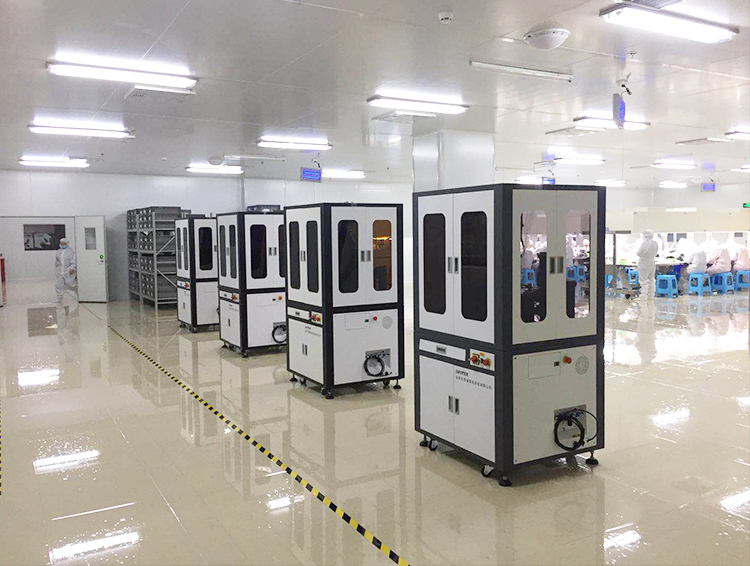Challenges and breakthroughs in the field of machine vision
At present, the theoretical research and practical application of surface defect detection based on machine vision have achieved gratifying results.
There are many kinds of defects
Defects are usually irregular, and different kinds of defects may exist in the same industrial product. For example, the appearance defects of the mobile phone include stains, scratches, missing edges, cracks, water marks and watermarks, bubbles, hand fingerprints, foreign bodies, ink, different colors and other problems on the mobile phone shell. These defects may appear alone or in combination, making defect detection extremely complex.
There are great differences in the same defects
For example, the same scratches, various forms of expression, some white, some black, some eating perspective, some occur in the edge zone, etc., appear in different positions, the form is not the same. This leads to a problem: it is difficult to collect all the defect samples, so it is difficult to have a good performance on the test set. That is, there are significant performance biases in your training and test sets that are not due to annotations, but to the data itself.
The context of the flaw is complex
When detecting surface defects of products, complex background interference is often encountered. For example, the background of a product may have complex textures or patterns that can be visually confused with defects, making it difficult for the system to accurately distinguish between defects and backgrounds. In addition, the background color and brightness of the product may change due to factors such as materials, lighting conditions, and surface treatment, all of which may affect the accurate identification of defects by the system.
Defects have low contrast with the background
For example, scratch detection, the basic process of scratch detection using machine vision is divided into two steps: detect whether there is a scratch on the surface of the product, and extract the scratch on the surface of the product.
If the surface of the product is smooth, the gray level changes evenly, and the texture features are not obvious, in this case, the gray level feature or threshold segmentation method based on statistics is generally used to mark the scratch part. The gray value of some product images changes little, the contrast is not obvious, and the scratch part lacks obvious characteristics compared with the normal part, at this time to detect the scratch, there is a certain difficulty.
Field illumination has great influence on defect identification
High-quality imaging in machine vision is the first step, because the surface reflection of different materials, refraction and other problems will affect the extraction of the characteristics of the measured object, so the light source and imaging can be said to be the first difficulty to overcome machine vision detection. For example, the scratch detection of glass and reflective surfaces, due to the highlighting characteristics of the surface of the parts, it is easy to produce local overexposure or the mapping of the surrounding environment, which brings greater difficulty to the subsequent image analysis.
The fuzziness of defect determination is large
From an academic point of view, the gap between positive and negative sample classes is small, and it is not possible to make a black and white cut across the board, and it is difficult to have a consistent annotation to separate positive and negative samples, even if it is difficult to guarantee. No matter what means is used to describe the defect, it can not be clearly distinguishable, such as drawing its histogram according to the area and gray value, and there will always be a certain amount of samples in the middle transition area, which is in the gray zone and ambiguous. Whether it is marked by many people or quantitative indicators, it is difficult to have a good way to change this status quo.
There is some error in defect labeling
It is inevitable that some defect categories will be labeled incorrectly during defect labeling, which results in the so-called data dirty problem. There is also a case of dirty data, and the OK product is judged as NG product or NG product is judged as OK product. Dirty data will bring adverse effects on network training, and forced training will have the risk of overfitting. Because the network extracts general features, the defects can not be fitted and other noise can only be fitted. So in general, the cleaner the data, the better.
-
Service hotline
13077808017


